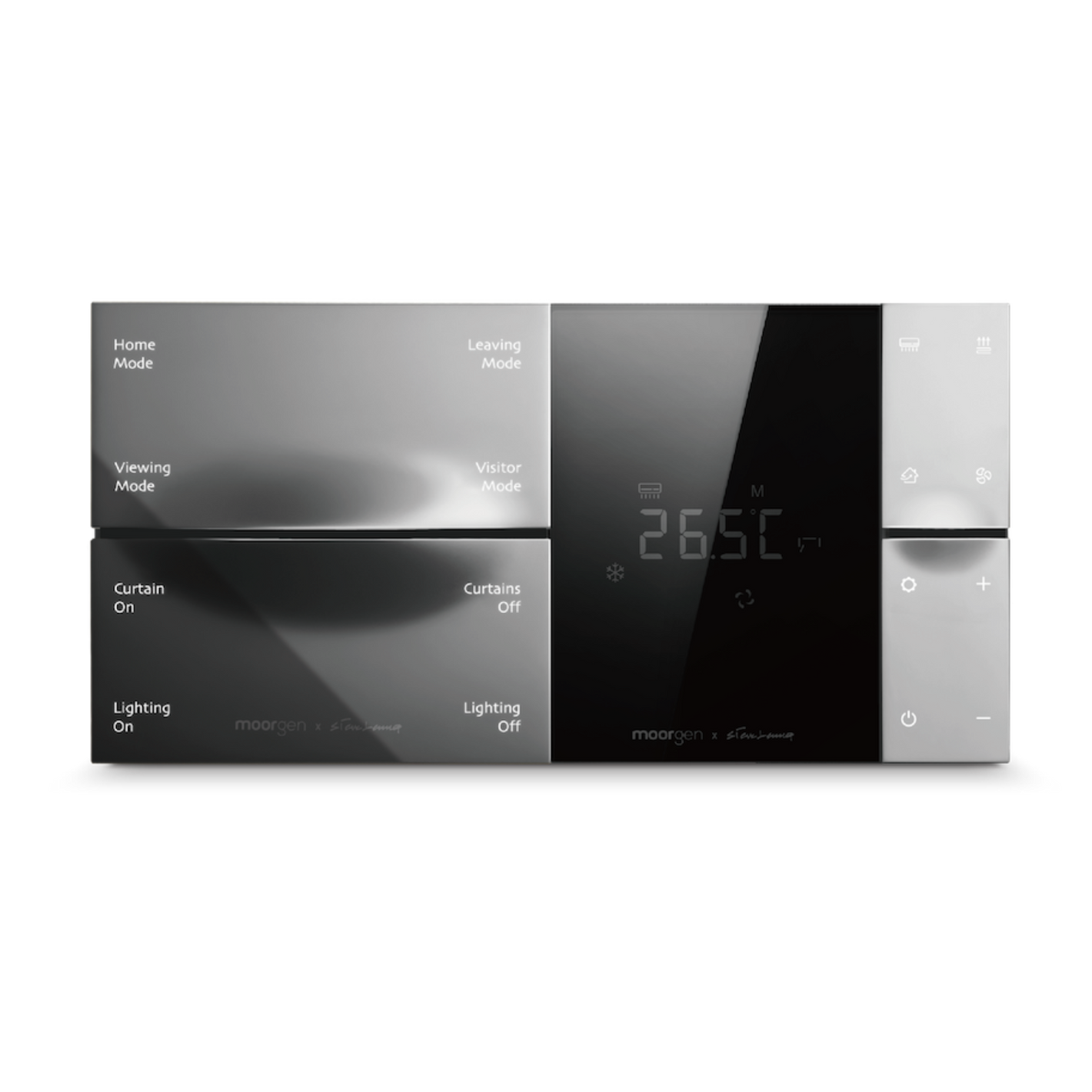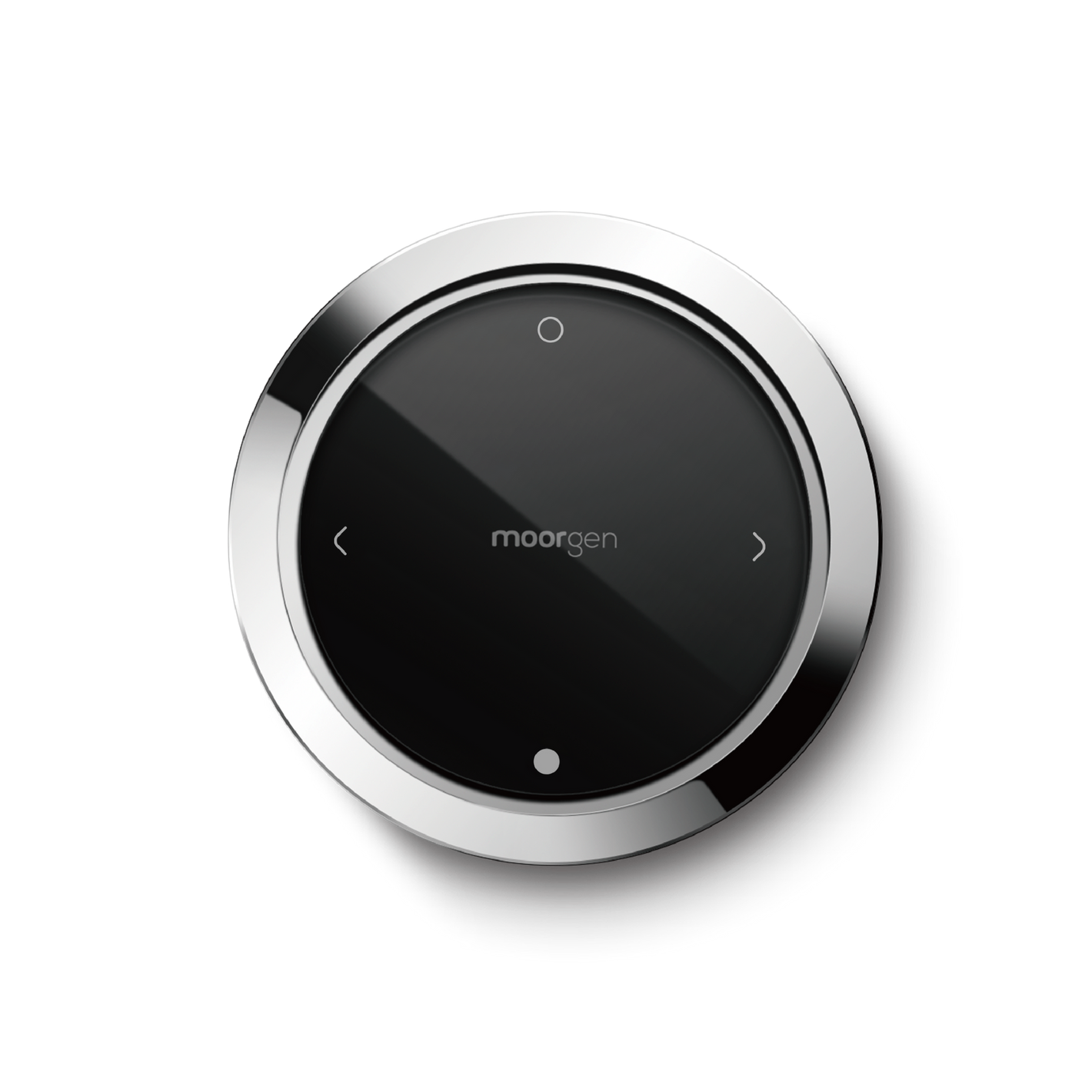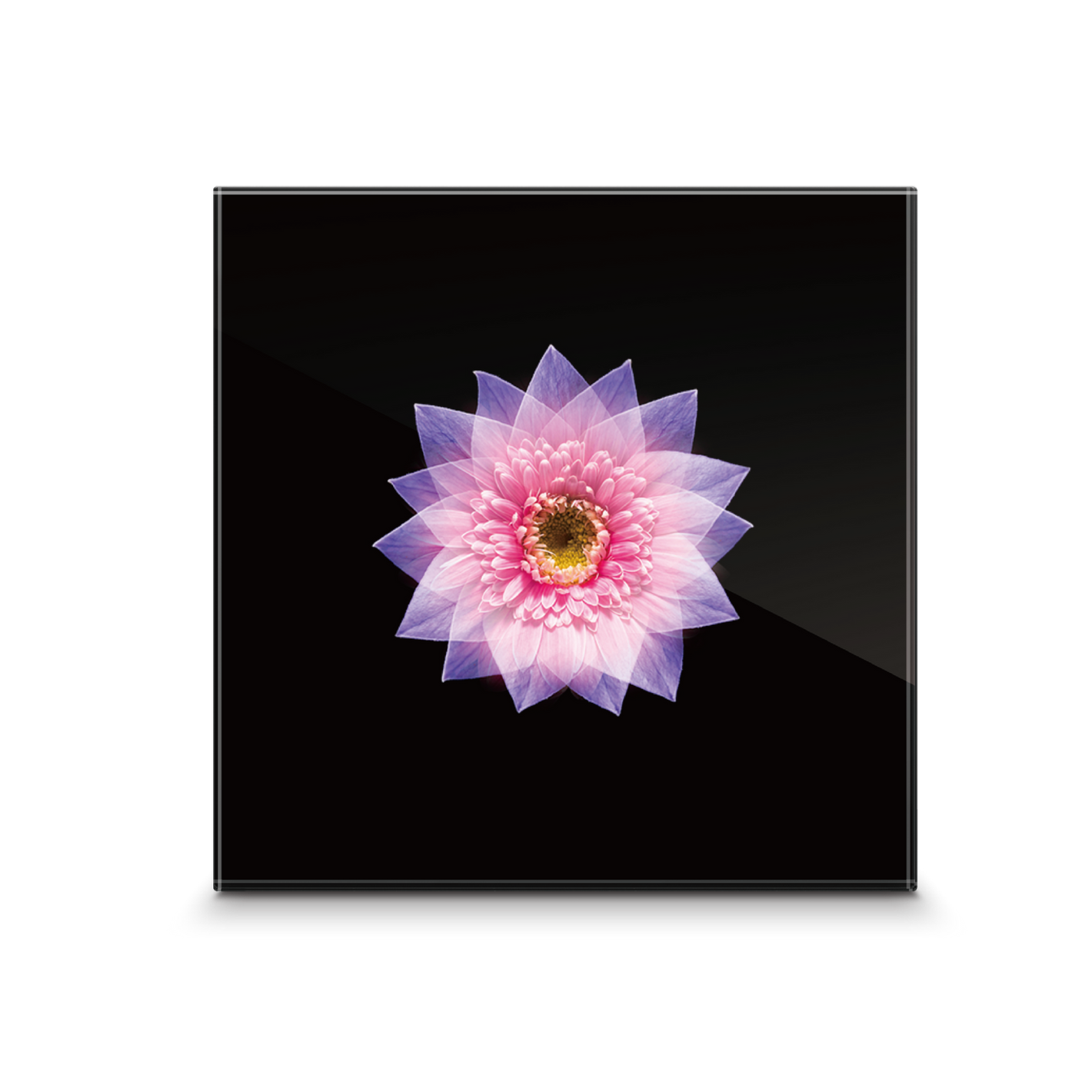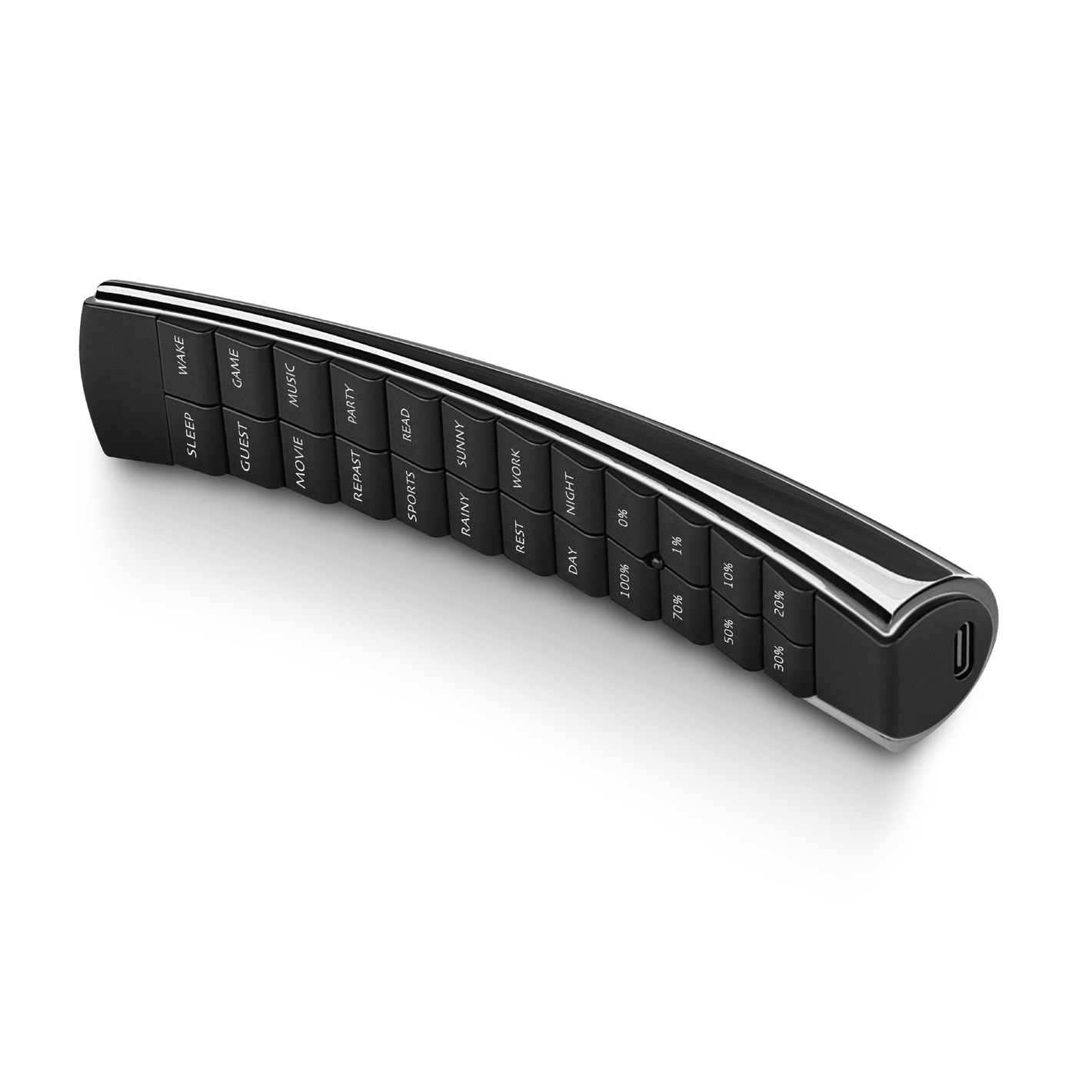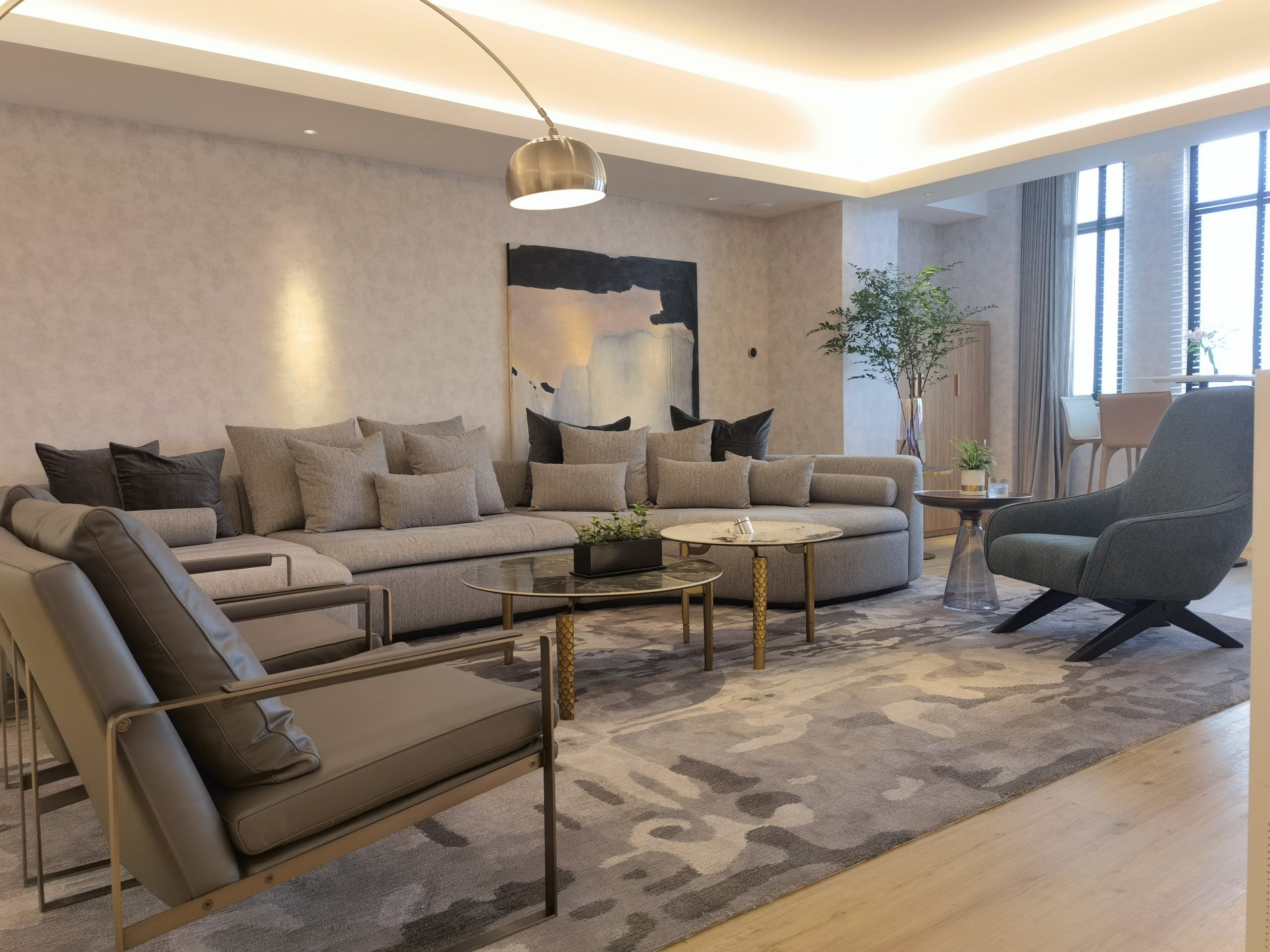Air-Conditioner Vent Should Be Tilted Up or Down? How to Make Your Air-Conditioning Cooler and More Energy-Efficient?
While the Director of the Hong Kong Observatory, Lam Chiu-ying, can endure temperatures up to 32 °C without using air-conditioning, most Hong Kong residents find it hard to bear the heat during summer and resort to using air-conditioners. Adjusting the air-conditioner vent properly is crucial for achieving cooler air. Surprisingly, the temperature setting of the air-conditioner plays a significant role in saving electricity while keeping the room cool. This article from Moorgenzine will elaborate on these points.
Key Points of the Article:
- Venting upwards makes the air-conditioning cooler!
- Using a fan in conjunction with the air-conditioner enhances cooling and saves energy!
- 1°C Up; 6% less of electricity
- Other tips for energy-saving with air-conditioners
- Smart air-conditioners are more energy-efficient!
Venting Upwards Makes the Air-Conditioning Cooler!
When people feel the air-conditioner is not cool enough, they often adjust the vent downwards to blow directly onto themselves for immediate relief. However, this method, known as "direct blowing," not only increases the risk of catching a cold but also isn't the most effective way to cool down the entire room. Taiwan Power Company shared on their Facebook page a tip for using air-conditioners: directing the vent upwards instead of downwards can accelerate the decrease in indoor temperature and save more electricity.
The principle is simple: hot air rises while cold air descends. Therefore, when the air-conditioner blows cold air upwards, it will sink downwards, distributing cold air more evenly indoors, resulting in a faster temperature drop.
Additionally, when the temperature drops faster, the air-conditioner's sensor detects the optimal temperature more quickly, leading to reduced cooling and electricity consumption.
Using a Fan in Conjunction Enhances Cooling and Saves Energy!
Apart from directing the vent upwards, using a fan in conjunction with the air-conditioner can make the indoor space cooler. The fan accelerates the flow of indoor air, allowing the air-conditioner to distribute cold air to every corner of the house more quickly.
Similarly, when the air-conditioner's sensor detects the appropriate temperature faster, it slows down the cooling process, helping to save energy.
1°C Increase; 6% Less of Electricity
Experts from TaiPower suggest setting the air-conditioner temperature between 26 - 28 °C, while the International Organization of Standardization (ISO) recommends a temperature range of 23 - 28 °C. For every 1°C increase, electricity consumption can be reduced by 6% due to reduced cooling operation.
In Hong Kong, setting the temperature between 23 - 28 °C may feel uncomfortable for many residents. They often set it to 20°C or lower. So, how can one lower the air-conditioner temperature while saving electricity?
When initially turning on the air-conditioner, avoid setting the temperature too low. This is because when the air-conditioner starts up, it increases its power consumption significantly to reach the set temperature. Start by setting the temperature to 23 - 28 °C, and as the indoor temperature begins to drop, gradually lower it. This way, you can stay cool while saving energy.
Other Energy-Saving Tips for Air-Conditioners
In addition to paying attention to the air-conditioner vent and using a fan to assist in rapid air circulation, here are some other tips to save energy with air-conditioners:
Regularly clean the dust filter. The dust filter of the air-conditioner should be cleaned every 2 - 3 weeks. Not only does this ensure that the air blown out is cleaner and fresher, but it also allows the air-conditioner to operate more efficiently, reducing electricity consumption.
If the indoor temperature is significantly higher than the outdoor temperature, open the windows before turning on the air-conditioner to allow air circulation and take advantage of the cooler outdoor temperature to reduce the workload of the air-conditioner, thus saving energy.
Use the "Sleep" mode of the air-conditioner. When we sleep, our body's metabolism slows down, and our body temperature decreases. The same air-conditioning temperature may feel cold to us during sleep. The "Sleep" mode gradually adjusts the temperature 1 - 2°C higher after you fall asleep, providing a more suitable sleeping temperature and further saving energy by reducing cooling.
Use inverter air-conditioners. If possible, choose inverter air-conditioners, which are more energy-efficient. Inverter air-conditioners adjust their operating frequency according to the indoor temperature. When the indoor temperature reaches the set temperature, the air-conditioner operates at a lower frequency, maintaining cooling while saving energy.
For air-conditioners with a 1st-grade energy efficiency rating, the energy-saving effect is even better.
Smart Air-Conditioners are More Energy-Efficient!
Smart air-conditioners not only adjust the temperature according to the indoor temperature or set time but also allow for different indoor temperatures to be set for different scenarios. Moreover, smart air-conditioners can be remotely controlled. Even if you forget to turn off the air-conditioner when going out, you can use a mobile app to do so, avoiding unnecessary electricity consumption throughout the day. You can also pre-set the air-conditioner to turn on before returning home, ensuring immediate comfort upon arrival.
Traditional air-conditioners can be converted into smart air-conditioners. For more information, refer to: [Smart Home] How to Control Air-Conditioners via Wi-Fi?
Advanced smart air-conditioners also come with energy usage monitoring functions, allowing you to have a clearer understanding of the air-conditioner's power consumption.
After reading this Moorgenzine article, you should have a deeper understanding of whether the air-conditioner vent should be directed upwards or downwards and how to keep your home cool while saving electricity. If you have any questions about smart homes, feel free to contact Moorgen anytime. Additionally, if you want to experience the lifestyle enhancement brought by smart door locks firsthand, you can visit Moorgen's showroom in North Point, Hong Kong, and experience Real Smart Home.
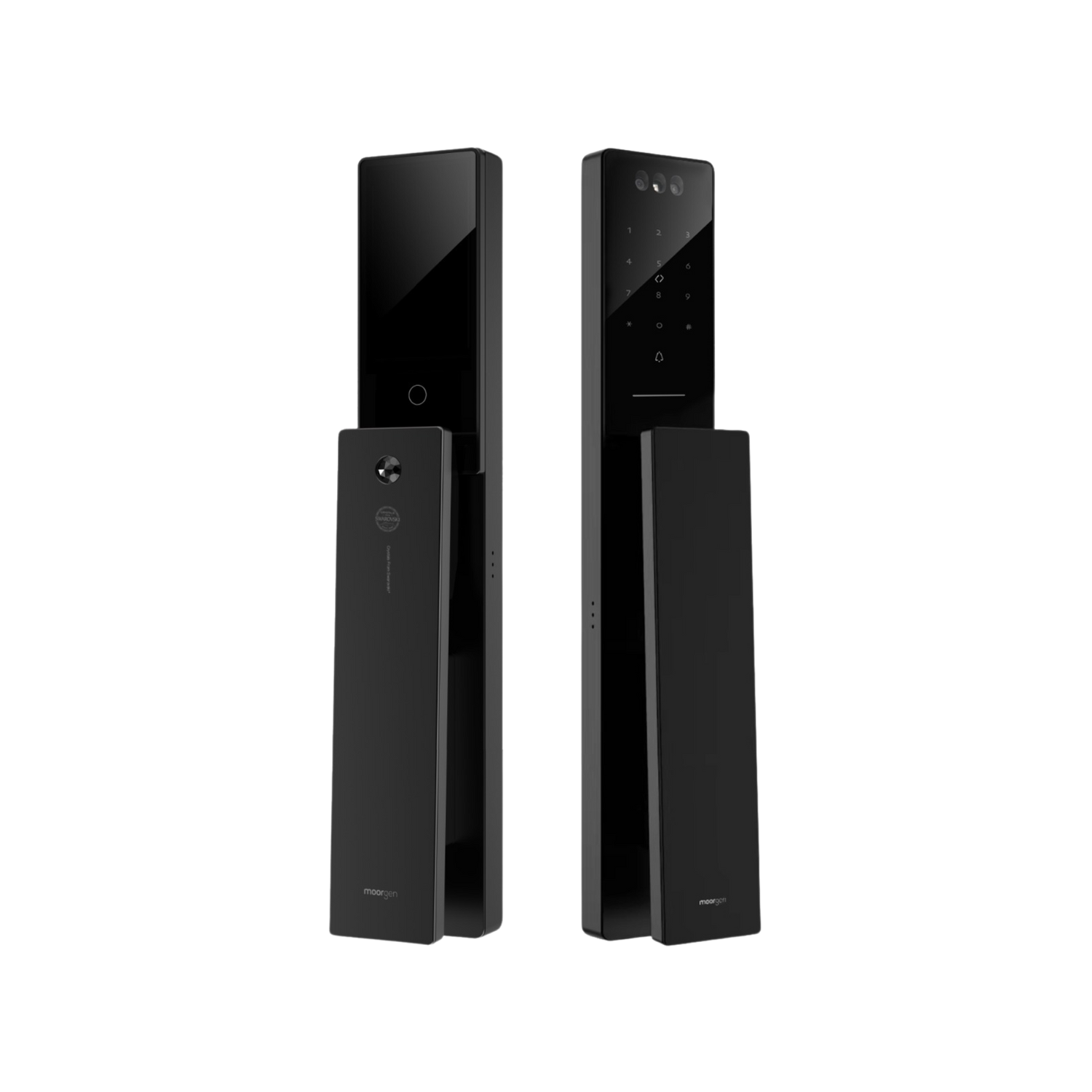


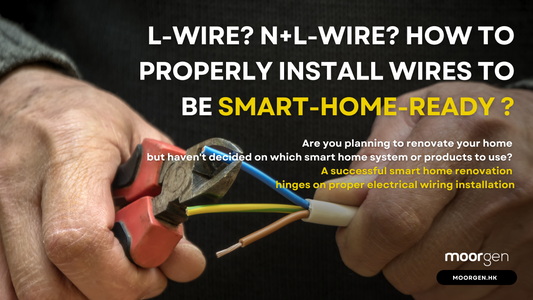

![[Smart Living] How to Choose a Smart Power Strip? Swift Transform Your Home into a Smart Home!](http://moorgen.hk/cdn/shop/articles/blog_cover_moorgen_how_to_choose_smart_power_strip.png?v=1728137093&width=533)
![[Smart Living] How to Choose LED Bulbs? Which Ones Are the Most Energy-Efficient?](http://moorgen.hk/cdn/shop/articles/blog_cover_moorgen_how_to_choose_led_bulbs.png?v=1728136975&width=533)
![[Smart Living] How to Choose an Instant Hot Water Dispenser and Use It Efficiently?](http://moorgen.hk/cdn/shop/articles/blog_cover_moorgen_how_to_choose_instant_hot_water_dispenser.png?v=1728136837&width=533)
![[Smart Living] 5 Energy-Saving Tips for Electric Kettles](http://moorgen.hk/cdn/shop/articles/blog_cover_moorgen_energy_saving_tips_electric_kettles.png?v=1728136710&width=533)
